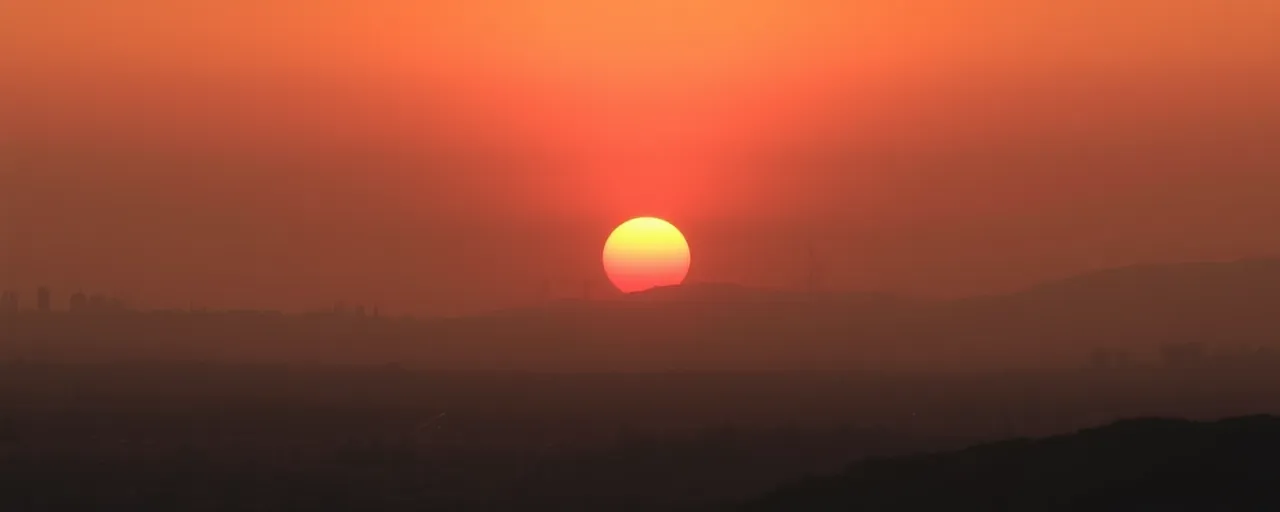A City in Recovery
One hundred days after the Eaton and Palisades wildfires tore through Los Angeles, the city is grappling with loss and resilience. The fires, which ignited in early January 2025, claimed lives, destroyed over 16,200 structures, and scorched 57,000 acres. Yet, amid the devastation, a massive recovery effort is underway, hailed as one of the fastest in U.S. history. First responders, cleanup crews, and community leaders are working tirelessly to restore hope to a city forever changed.
The scale of the disaster prompted an immediate response from state and federal officials. California deployed 16,000 personnel at the peak of the crisis, while federal support secured through a presidential disaster declaration has fueled rebuilding efforts. For residents new to the complexities of disaster recovery, the tangible impacts—cleared homes, reopened schools, and financial aid—signal progress, though challenges like housing shortages and environmental concerns linger.
Unprecedented Cleanup Efforts
The cleanup operation in Los Angeles is breaking records. In just 30 days, 9,000 properties were cleared of hazardous waste, with 2,300 homes fully debris-free. The U.S. Army Corps of Engineers has 500 crews working around the clock, removing ash, soot, and toxic materials like asbestos and lead. This pace surpasses previous efforts, such as the 2017 Tubbs Fire and 2019 Camp Fire cleanups, which were considered benchmarks at the time.
However, the speed of debris removal has sparked concerns. Environmental advocates and local residents worry about the placement of temporary waste processing sites in working-class and minority neighborhoods. Without comprehensive soil sampling, there’s fear that toxic runoff could contaminate air and water. The handling of electric vehicle batteries, treated as hazardous due to their volatility, adds complexity. State officials insist the sites are safe, but community voices highlight a tension between rapid recovery and long-term environmental justice.
Financial and Housing Support
To ease the financial burden on survivors, California has implemented sweeping tax relief measures. The state postponed individual tax filing deadlines to October 15, 2025, and extended sales and use tax deadlines to April 30. Property tax penalties were suspended for a year, and banks have committed to mortgage relief in affected areas. Federally, the 2024 Federal Disaster Tax Relief Act excludes wildfire relief payments from taxable income, returning an estimated $512 million to victims.
Housing remains a critical challenge. The fires exacerbated Los Angeles’ existing shortage of 200,000 homes, driving median home prices to $1,069,000 and rental costs in some areas up by 200%. To address this, executive orders have streamlined construction of accessory dwelling units and temporary housing like mobile home parks. Protections against tenant evictions for hosting displaced survivors are also in place, though reports of illegal rent hikes have prompted state investigations.
Balancing Speed and Oversight
To accelerate rebuilding, California issued executive orders suspending permitting requirements under the California Environmental Quality Act and the California Coastal Act. These measures aim to cut red tape, allowing homes and businesses to be rebuilt faster. However, some urban planners and environmental groups argue that bypassing regulations could lead to unsafe development in wildfire-prone areas, where nearly half of new California homes were built between 1990 and 2010.
The debate reflects broader tensions in disaster recovery. While streamlined processes enable quick action, they raise questions about long-term safety and equity. Advocates for stricter land-use policies point to the need for updated fire codes and restrictions on building in high-risk zones. Meanwhile, residents desperate to return home prioritize immediate solutions, underscoring the delicate balance between urgency and foresight.
Protecting Against Exploitation
Price gouging has emerged as a significant concern. California’s anti-gouging laws cap price increases at 10% for essentials like rent, hotels, and building materials, with protections extended through mid-2026. Despite this, some landlords and businesses have flouted the rules, prompting the state to file charges against violators and issue over 650 warning letters. Penalties for gouging include fines up to $10,000 and jail time, reflecting the state’s commitment to shielding survivors from exploitation.
Predatory real estate practices are also under scrutiny. Executive orders prohibit aggressive, unsolicited offers to buy fire-damaged properties, protecting vulnerable homeowners. These measures aim to preserve community stability, but the high demand for housing and limited supply continue to strain affordability, leaving many residents in a precarious position.
Looking Ahead
Los Angeles’ recovery is a testament to coordinated action and community resilience. With 8 of 9 water systems restored, all affected schools reopened, and $2.5 billion in federal and state aid disbursed, the city is making strides. Initiatives like LA Rises, which unites private sector leaders with recovery efforts, and Disaster CalFresh food benefits are helping bridge gaps for displaced families. Yet, the road ahead is long, with rebuilding expected to take years amid rising insurance costs and regulatory hurdles.
The wildfires have also sparked broader reflection on how cities can prepare for an era of intensifying climate-driven disasters. Investments in resilience, such as FEMA’s $5.5 billion Building Resilient Infrastructure and Communities program, offer hope, but their success hinges on equitable implementation. For now, Los Angeles stands as a case study in balancing immediate needs with the imperative to build back smarter and stronger.
